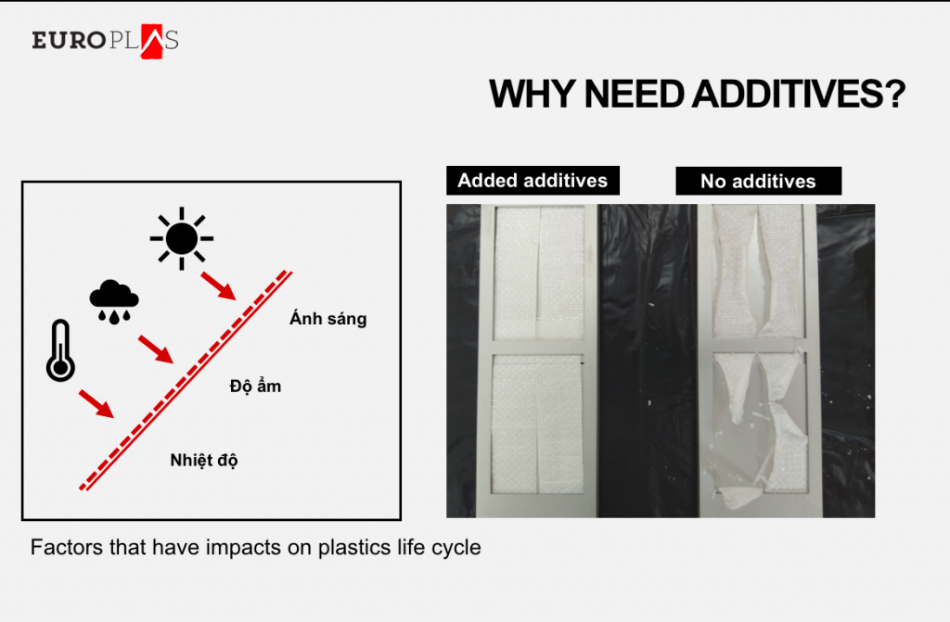
1. Additives solve problems
Melting temperature and sticking to machines are problems in the process of extrusion.
Additives are added to the plastic to help deal with it. Process aids help the pigments in the plastic to dissolve in the liquid around them.
Lubricant is used with plastic, which becomes very sticky when melted. It reduces friction between particles and construction machines. In the antioxidant process, additives are used to protect plastics from excessive heat, which can often lead to breakage or adversely have a significant effect on product color.
The problem of dissolving plastic in heat when it melts is called heat stabilizer. All of this helps make the manufacturing process more accessible and cheaper.
Extra items can also be used for purely aesthetic reasons. Pigment binders serve a variety of practical and aesthetic purposes. Plastic made to match the color of other large product parts, such as in automobiles, or they can be colored to attract the attention of consumers.
Read more: What are plastic additives? 8 most common plastic additives in plastic industry
2. Additives bring more values to plastic products
Practical use includes the manufacture of opaque plastics to protect lightly sensitive materials, such as milk bottles or medicine containers. The pellets are added to the plastic before melting and mixing for the plastic to be dyed expertly.
Different compounds and blends combine to create different colors and light properties. Carbonic black and titanium oxide are two common pigment additives. Carbon black light-reducing plastics look black, while titanium oxide blocks light and blends the plastic with white.
2.1. Reduce the frequency of product replacements and maintenance
Another beneficial use of additives in plastics is to add value to final products. This will ultimately save money for consumers who need to reduce the frequency of product repairs or replacements.
Impact modifiers have been combined to improve crack resistance. It is useful for durable plastic products. Light stabilizers and UV absorbers enhance durability. They protect the plastic from the negative effects of the sun and extend plastic life. Without such additives, plastic products are more likely to be useless in a short time.
2.2. Increase the safety level for end-users
Additives to make plastic more economically beneficial and more durable. Additives also contribute to the safety of end-users. Many additives mentioned above make the products safer.
For example, flame retardant is suitable for extrusion coating and other high-temperature applications. It exhibits good thermal and UV stability and also does not adversely affect sealability in films.
2.3. Save money and energy
Plastic additives make plastics more environmentally-friendly. Plastic parts are perfect alternatives to metal parts in cars. It is not only lighter but can also take less energy to produce.
Besides, additives save your money. For example, mineral fillers boost the thermal conductivity of plastics; therefore, they cool down and heat up quicker than normal. What does that mean to you? It means shorter mold cycle times and more articles produced at a lower cost.
0.5p/molding may not sound remarkable. However, if you produce several injection moldings every few seconds, you will be surprised at how much you save after a year. There is a wide variety of additives available to help reduce costs that mention below.
3. Common types of additives
EuP has developed successfully 10 types of additives that will enhance your products and save cost-effectively:
- Weather Stabilizer
- Anti-Aging
- Anti-Fog
- Anti-static
- Flame retardant
- Desiccant / Humidity absorber
- Anti-Blocking Slip
- Anti-blocking and Slip
- Processing Aid
- Odor scavenger